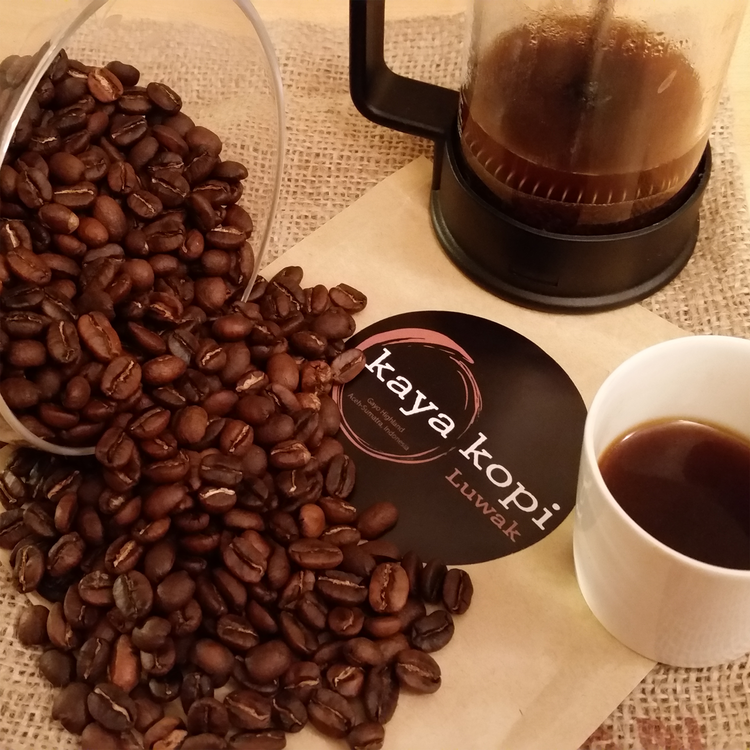Getting the Best from Your Bean – The Ultimate Brew Guide
Hey guys, welcome back to our series of articles on the techniques to get the best coffee from your beans. Last week we took a look at the Hipster’s favorite, the Pour Over method.
This time we’re coming over all fancy and European, and taking a good look at the French Press method of coffee making.
The History of the French Press
It should come as no surprise that the French Press was invented in… France! Quelle surprise, non?
Or at least… most food historians think it originated in France. The original French Press coffee makers were simple pots that were heated over an open fire. Water and ground coffee beans were added, and the coffee allowed to steep. A screen, usually made of cheesecloth, would then be pushed through the water with a stick, moving the coffee grounds to the bottom of the pot.
You can recognize from that description that this is a pretty rudimentary French Press. Trouble is that whilst today some people will make an Instagram story about the toast they had for breakfast, back in the day people would invent brand new, world changing products and never bother to tell anyone.
The French Press as we know it was only patented by a pair of Italians named Attilio Calimani and Giulio Moneta in 1929. This patent was a for a jug like container with a fine metal mesh sieve that created a perfect seal, allowing it to be plunged through a mixture of water and coffee grounds. In other words, a French Press.
Why is it called a French press if it was patented in Italy then? Well, when the Danish company Bodum were selling their own French Press design into the emerging UK market back in the 1950’s, they called their design “La Cafetiere Classic,” to make it sound all French and cool.
This design became the most popular version of the coffee maker even up to today, and given its French sounding name, French Press just kind of stuck as a nickname for any similar design of coffee maker.
The Best French Press Method
Getting the most from your French Press is all about the grind, the water temperature and the brewing (or “steeping” time).
Grind– You need a course grind for a French Press. Too fine a grind and the beans will release their oils too early, making for a brew that is too bitter.
Water– Don’t use boiling water for this method. Because the ground coffee is in contact with the water for a much longer period, boiling water will simply burn the grounds. You want water a little off boiling point at around 90 Celsius (194 Fahrenheit).
Brewing Time– Everyone is different, and every grind is different. A dark roast will take less brewing time, a light roast will take longer. Five minutes brewing time is about average, so start there and experiment. Maybe people go for less (4 minutes) but we personally find that Kaya Kopi is better at 5 minutes. It is a personal preference though.
Steps to Making French Press
Boil the kettle. Pour some water into the French Press to warm it, set the rest aside to cool a little.
Once warmed, discard the water and add your ground coffee. Experiment with the amounts, but a useful ratio is 1 part coffee to 15 parts water. So try 15 grams of coffee and measure out 225 grams of water. That is around 1 large tablespoon of coffee per cup of water.
Add the water. First, just add enough to cover the ground beans and leave for 30 seconds or so. Then add the remaining water and gently stir. Put the lid on but don’t plunge just yet!
When the brewing time is over (~5 minutes), gently plunge the Press all the way to the bottom. Pour out straight away and enjoy a cup of beautiful, French Pressed coffee!
The French Press is a great method to use on a workday morning. So long as you set a timer to remind you to come back, you can go away for the brewing time to assemble the rest of your breakfast, or try to find a pair of clean(ish) underpants from somewhere. Come back when the timer sounds and you will have a beautiful cup of coffee all ready to go.
